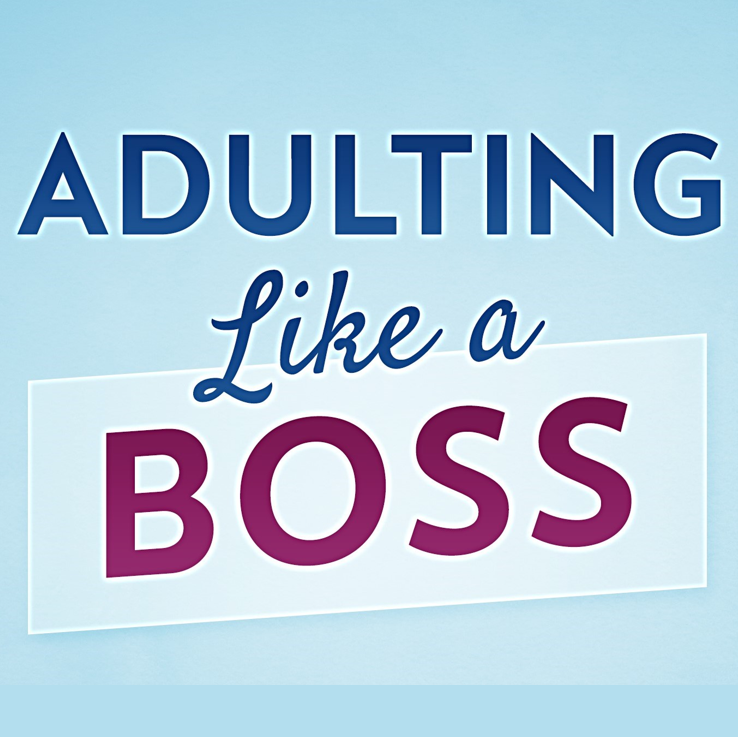
When you received your first paycheck, you quickly learned that each time you earn a dollar, your employer will take a piece of that dollar and send it to the government on your behalf. Payroll taxes! After interviewing dozens of young men and women over the last year, asking what gaps they have in “adulting,” many have expressed the same things: They don’t understand taxes.
The IRS has zillions of tax forms for every conceivable situation, but if you’re working a traditional job, the most common for your situation are: The W-4, the W-2, and the 1040. A rudimentary understanding of these three basic forms can help much of the muddle fade away.
The W-4 is a form you fill out for your employer when you first get a job, to let your employer know how much tax to take out of your paycheck. This form does not get turned in to the government, only to your employer.
It is important to fill the W-4 out accurately. If you pay too little tax throughout the year, you’ll owe the IRS money, and possibly even have to pay a penalty for not having paid enough. If you pay too much, you’ll get a tax refund. A lot of people like getting a tax refund and view it as a big yearly bonus. However, getting a refund means that you basically loaned the government your hard-earned money for twelve months with no interest.
The W-4 is a two-page document, but the part you fill out for your employer is only about half a page long. The rest is a worksheet to help you figure out what to put on the half page. The worksheet asks questions about your life situation - if you’re single, married, filing your taxes individually, or as a couple, along with questions about any dependents (people for whom you are financially responsible, for example, if you have children).
The worksheet translates the answers to those questions into claimed allowances. The number of allowances determines how much federal tax is taken out of your paycheck each pay period. The more allowances you end up with, the less money is taken out.
If you’re single with no dependents, the worksheet will prompt you with only a couple of allowances. If you have dependents or are planning to file your taxes jointly with your spouse, the worksheet will prompt you accordingly. You can see the worksheet on the IRS site: https://www.irs.gov/pub/irs-pdf/fw4.pdf.
You can change the allowances at any time by filling out a new W-4 and turning it in to your employer. If you got a big refund last year and not much has changed since that time, you may want to change your allowances. Any time you have a life event, such as marriage or the birth of a child, you should re-do the worksheet and make changes to your W-4.
The W-2 is a form you’ll need when you file your income tax. A copy will be attached to your tax return. Your employer is required to send you this form by late January or early February. It indicates what you made the previous year and what federal income tax was withheld. It also shows what amount of your income was subject to Social Security and Medicare, and how much was paid. Social Security and Medicare taxes are fixed percentage rates of your income and are split down the middle between you and your employer.
At the time of this writing, the Social Security tax is 12.4% (so your part is 6.2%) and Medicare tax is 2.9% (so your part is 1.45%). If you have a state or local income tax, the W-2 will also list how much was withheld for each of those.
The 1040 –This is the form you fill out and turn in to the IRS by April 15th each year, reporting your previous year’s income, any taxes still owed, overpayment of taxes (and a refund due to you), or if you broke even.
There are a few versions of the 1040 for individuals, and according to what your situation is, you will need to use the one that is right for you. You can go to the IRS website and see the criteria for which form to use. https://www.irs.gov/taxtopics/tc352
You’ll most likely file the 1040EZ form if:
- You are single
- You have an income of under $100,000
- You don’t have other money to report
- You have no one else for whom you are financially responsible
- You are not going to itemize your deductions
- You haven’t recently made any changes (buying a house, etc.)
If you are filing for the first or second time, have complexities such as buying a house, or just don’t feel confident, get a professional or an experienced family member or friend to help you. You can always do it yourself first, then get someone else to check your work before you file your taxes on tax day, April 15th. You may find it’s not so complicated after all.
